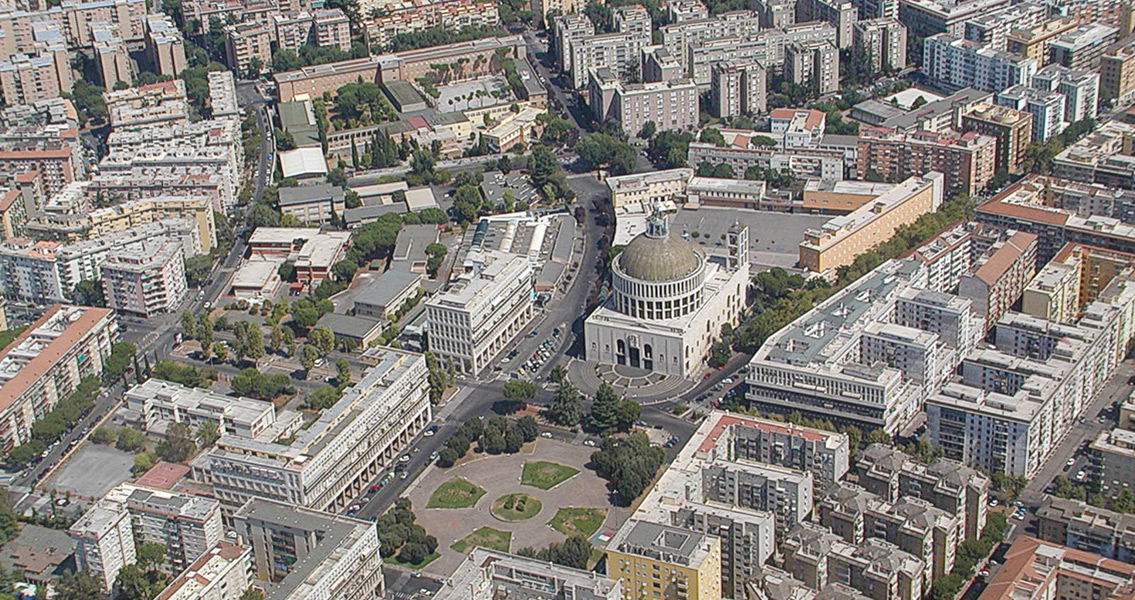<![CDATA[Researchers conducting an archaeological dig under one of central Rome’s palazzos have discovered what seems to be the remains of a home dating to the sixth century BCE – suggesting that the size of the ancient city was much larger than previously believed. According to the ANSA News Agency, archaeologists say that the home was laid out in a rectangular fashion that consisted of two rooms. The foundation was made of tufa stone and the walls would have been made from clay-covered wood, while the roof would have been made from tile. An entrance on one of the long sides could have been preceded by a portico as well. The new discovery was made just a few months ago when initial digs began on the superintendent’s office of the Palazzo Canevari, the site of the city’s former geological institute. Researchers expressed surprise at how well preserved the buried structure was, especially since conventional wisdom had been that the area near the palazzo was not used as a residential space at all but instead as a necropolis during the sixth and fifth centuries BCE. In fact, an enormous temple dating back to the fifth century BCE was found on the site in 2013 after a series of extensive digs, but archaeologists involved say that this newest building could be a revolutionary find. During a press conference associated with the discovery, archaeologist Mirella Serlorenzi said that the building is more or less absent from the archaeological record of ancient Rome, with the only other traces of such architecture located in the Forum area, and even those are nearly nonexistent. The close proximity of the house to the temple led Serlorenzi to believe that it could have been a sacred space, which would have meant that the residents would have been tasked with keeping a close eye on the temple. However, the most important part of the find, according to Serlorenzi, is that the urbanization of this particular neighborhood can be dated with more specificity, as the area was not being used as a necropolis but was already inhabited. This means, the archaeologist added, that Rome at the inception of the sixth century BCE was much larger than just being localized to around the Forum. The excavations of this particular new find are scheduled to continue for several more months. However, there is some uncertainty as to what will happen after these excavations have been completed, as the palazzo is currently privately owned. With this building possibly being used in the future by the owner, the Italian Savings and Loans Bank, as office space, there may be no opportunity to show the finds to the public or even ensure that the remains are protected and preserved properly. Hopes are high that the new excavation will not simply be backfilled and forgotten about in the future. ]]>
Ancient 6th Century Home Found Under Roman Palazzo
